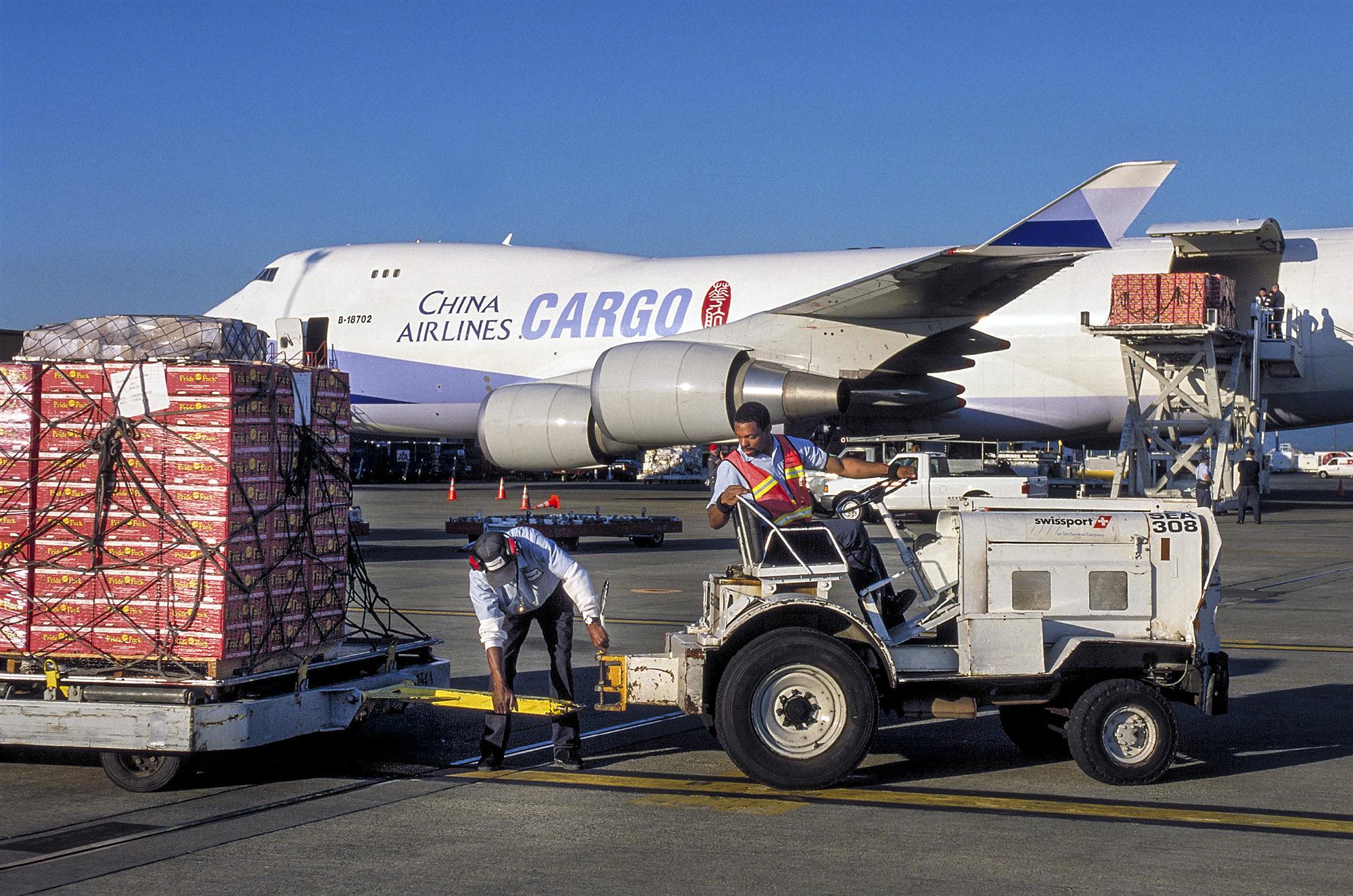Seattle-Tacoma airport (SEA) is seeing a slew of freighter activity added to its traffic, a rather unusual experience for an established airport in the present economic climate.
On the international front, the airport welcomed a new maindeck link to Europe at the beginning of April, when Lufthansa Cargo started a weekly freighter run. The Boeing 777F it fields on the new route flies from its home base in Germany to SEA and continues to Los Angeles.
Depending on load imbalances, the carrier can reverse the routing, noted Ken Galka, air cargo operations manager at SEA. He added that the load allocation between the two West Coast points varies.
One month after the start of Lufthansa’s all-cargo service, the airport rolled out the welcome mat to another freighter, this one a daily domestic operation with a 767F. The operator is ABX Air, which runs the planes to Wilmington, Ohio, for an undisclosed customer, according to Galka. Given ABX Air’s ties to Air Transport Services Group, which runs a 767 freighter network out of Wilmington for Amazon, it is not hard to guess what this operation is about.
In August, DHL will shift freighter flights from Boeing Field to SEA. This will bring 35 weekly flights to SEA with a mix of 767 and 757 aircraft.
To Asia, which accounts for 69% of SEA’s international freight flows, capacity is largely unchanged since last summer, when Hainan Airlines mounted service to Shanghai, operating four times a week. On the other hand, Delta scrapped its service to Tokyo Haneda three months later.
International freight accounted for slightly over one-third (35%) of SEA’s throughput last year, versus domestic volumes (49%) and mail (16%). In the first four months of 2016, the share of domestic traffic is up, partly due to strong charter activity during March.

Galka is looking forward to a spike in international traffic in the summer, when the cherry season fills up scheduled as well as chartered capacity headed out to Asia. Indications by mid-May suggested a good and early crop, similar to last year’s pattern, when El Niño weather conditions brought on an early onset of cherry shipments.
SEA registered 332,636 tonnes of throughput in 2015, which was up 1.65% from the year before. International freight showed the strongest gain, rising 7.06%, followed by mail, which advanced 6.78%.
Other gateways on the West Coast also registered gains in air freight last year. At Los Angeles, the leading gateway, tonnage climbed 6.5%, outstripping the momentum on the passenger side, which showed an increase of 6%.
Ontario, the second-largest airport serving the Los Angeles area, fared better yet, showing a 7.44% rise in throughput. As the West Coast hub for UPS, Ontario undoubtedly benefited from the rise in e-commerce traffic.
Ontario, which is located near the Inland Empire, an area that boasts ample warehousing and distribution capacity, has worked well for the integrator.
“What UPS wanted at Ontario could not have been accommodated at Los Angeles. They have a true trucking hub adjacent to their air hub,” said Mike Webber, a former airport cargo executive who now works as an industry consultant. He added that the situation is similar at Rockford airport in the US Midwest, a regional UPS hub that bills itself as an alternative to Chicago O’Hare airport.
Since the downturn of 2008/09, smaller airports have lost ground to the large hubs. Webber noted that domestic volumes have shrunk under the onslaught of trucking, which has eliminated commercial overnight freighter operations serving the regular air cargo market. He reckons that the rise of e-commerce, above all Amazon, produces some momentum for the likes of Ontario, but he does not see the e-commerce boom as the beginning of a new era of opportunity for small cargo airports.
For a while, when the growth in passenger traffic seemed bound to throttle LAX, Los Angeles World Airports (LAWA), which manages the region’s airports (including Ontario), was bent on shifting freighter traffic to the latter. However, these efforts proved to no avail, and have been quietly abandoned. A repeat is unlikely. According to one source, Ontario and LAX are about to go their separate ways, as LAWA is in the process of handing Ontario back to its local government.
By Ian Putzger
Air Freight Correspondent | Toronto



